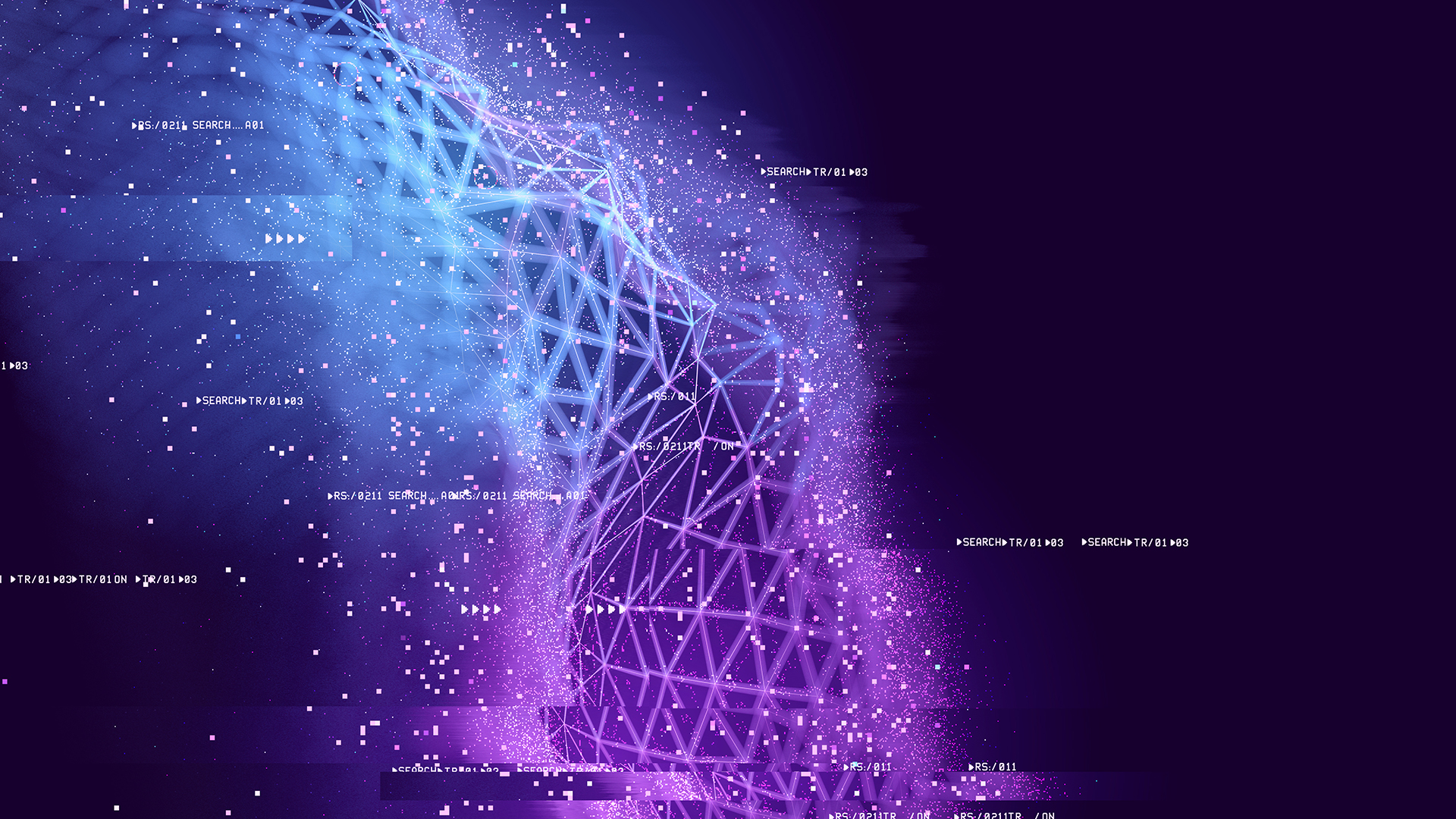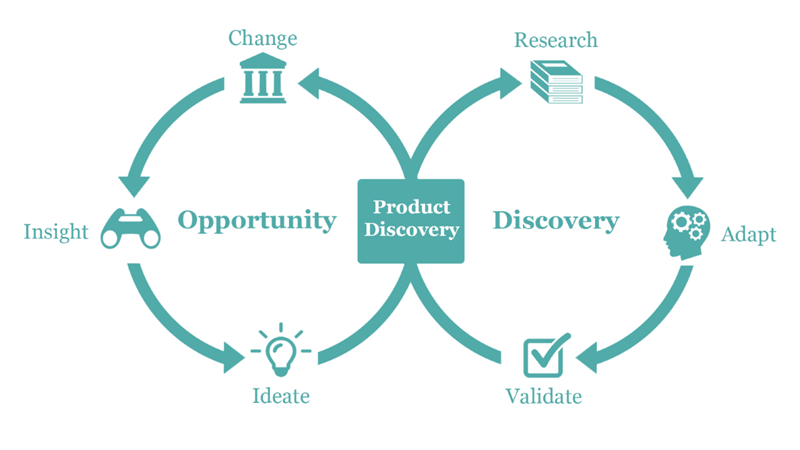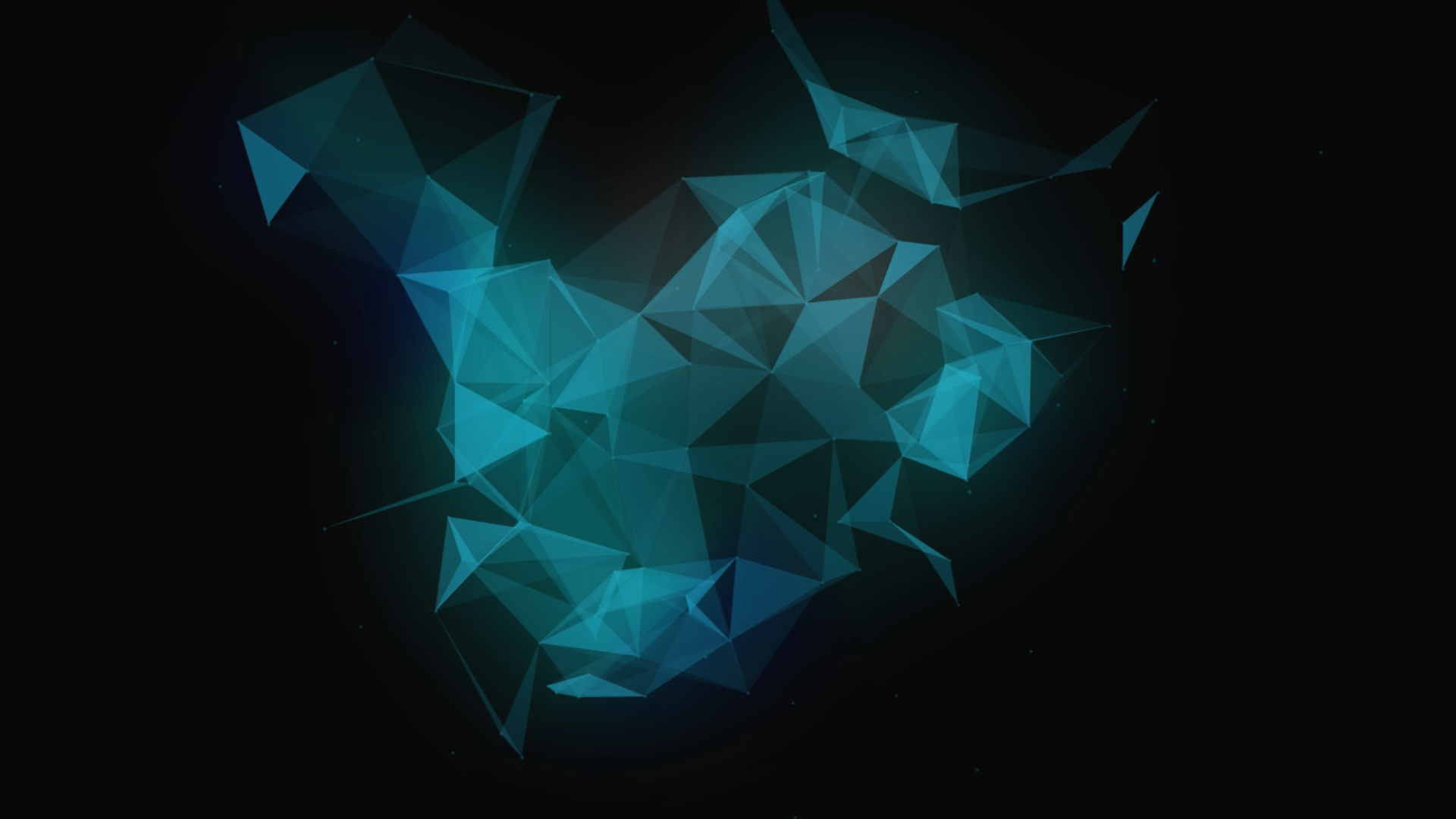
Products in Law: Product discovery
Global | Publication | October 2022
In our first ‘Products in Law’ series insight, Chris Hendry, Norton Rose Fulbright’s Senior Product Consultant, explained how our Legal Products team supports the firm’s lawyers and clients to design and develop digital products that solve our clients’ most pressing legal problems.
In this insight, we outline how we hone in on client needs to identify the right opportunity for building a product and then undertake the discovery phase of product development. This part of the process is essential to ensuring we create a solution which is relevant and delivers maximum value to our clients.
Client centric product design
New product opportunities are often identified by our lawyers or other individuals across the firm who interact closely with our clients. Their close client relationships and knowledge of the market mean they are well placed to spot opportunities to solve important business and market challenges for our clients.
These opportunities usually relate to regulatory change, a need to track compliance, or the requirement for better data to improve efficiency and the ability to make data driven decisions. Once a pervasive client need has been identified and explored in depth directly with clients, our Legal Products team works with the legal, technology and design teams to create the best solution for the client. For example, the transition from IBORs to alternate reference rates (ARRs), or risk-free rates, meant that remediating IBOR based contracts presented financial institutions with a significant challenge. This led us to work with our lawyers and clients to develop our award-winning, end-to-end IBOR Transition Solution.
Don’t skip discovery
One of the most important stages of product development that we undertake is discovery. It’s all too easy to jump straight into your first, favourite idea, and begin building the solution – but without proper discovery there’s a big risk that you’d end up missing the mark. We approach discovery with the purpose of understanding if the solution we want to create will effectively solve the core challenges that affect a particular group of clients. Often, we’ll find that we need to adapt our vision to meet that goal after gathering different perspectives from our lawyers and clients on the problem that needs to be solved. One of the dangers of sacrificing discovery is that it can lead to a disconnect between user needs and the end product, which will at best erode the product’s value and, at worst, render it unfit for purpose.
During discovery we research the problem directly with clients and assess whether there are already good solutions on the market. We then run ideation sessions (e.g. mini design sprints) with the full project team to select the most promising ideas. During validation we test these ideas with both our expert lawyers and the firm's clients, using discovery techniques (e.g. open, non-leading questions) to ensure we get unbiased, critical feedback that can be used to optimise the solution design. We used this process to test multiple prototypes of our legal and regulatory change tracking tool, NRF Horizon Scanner.

What next?
By taking these steps to properly identify and deeply understand our client’s needs, we are able to:
- select the best solution design concept, and
- determine what is required for our Minimum Viable Product (MVP).
If you’d like to discuss one of our products, or have an idea you’d like to explore with us, please get in touch – we’d be delighted to hear from you.
Click here to subscribe and stay up to date with our latest insights
Contacts


